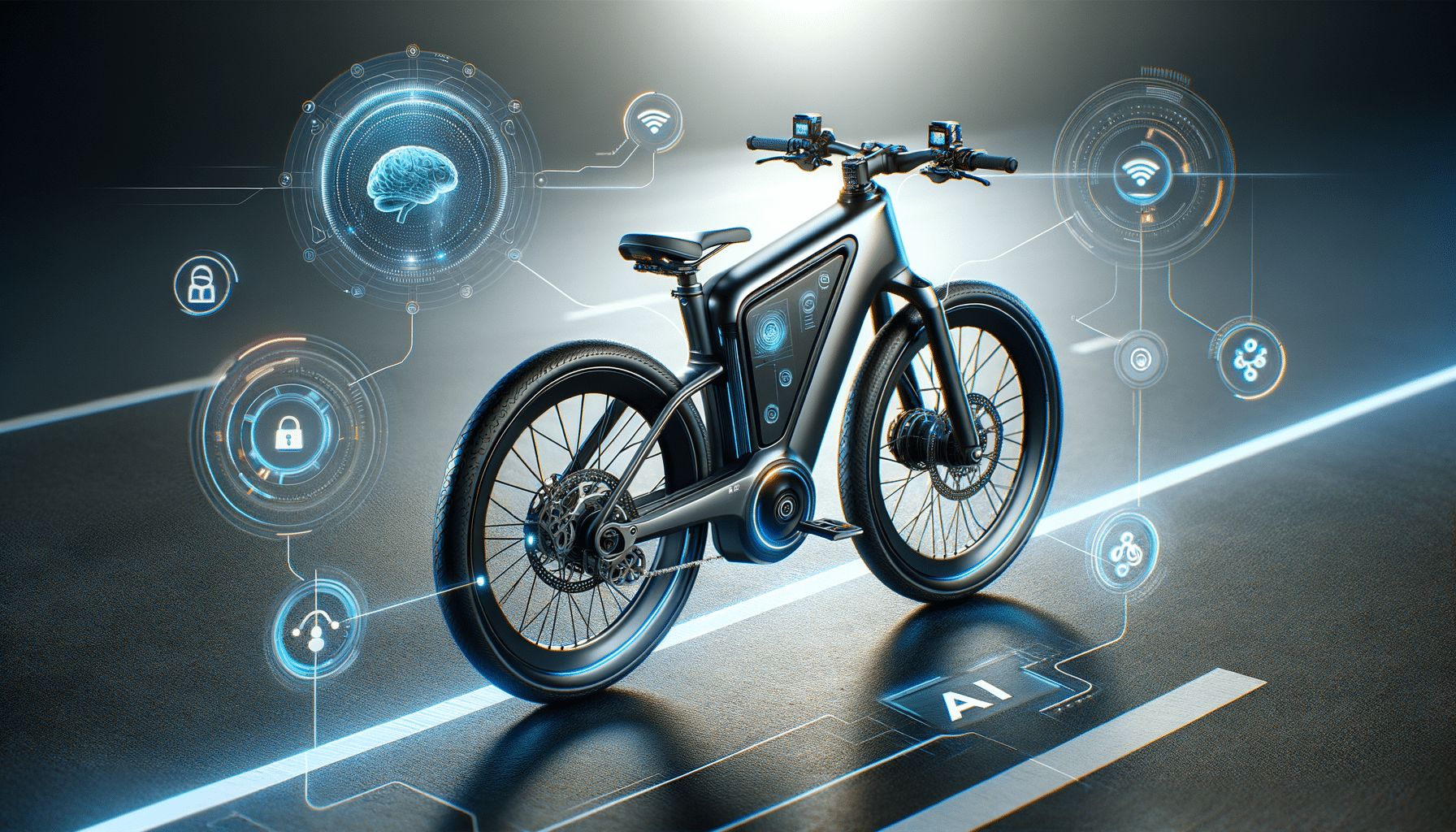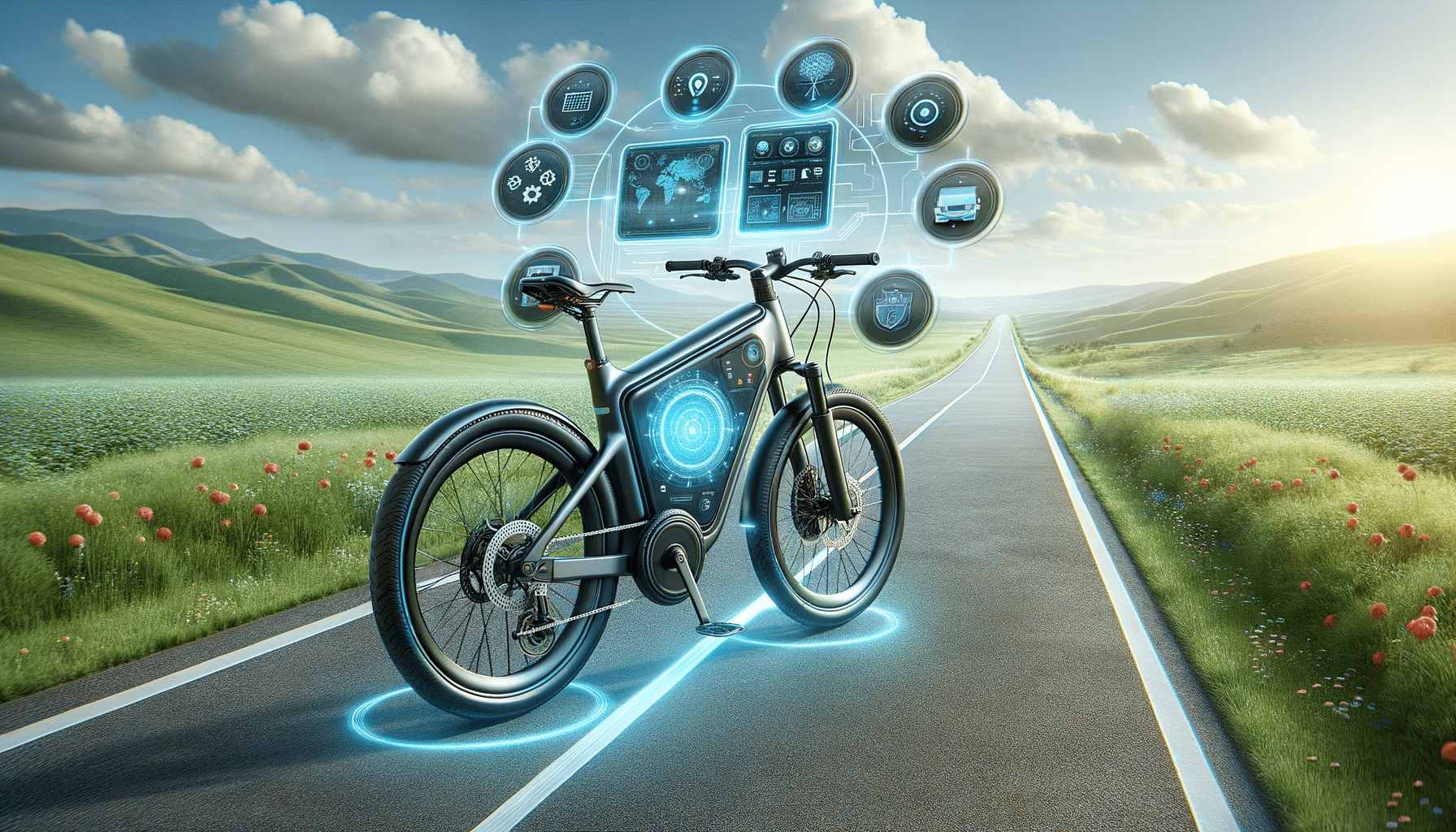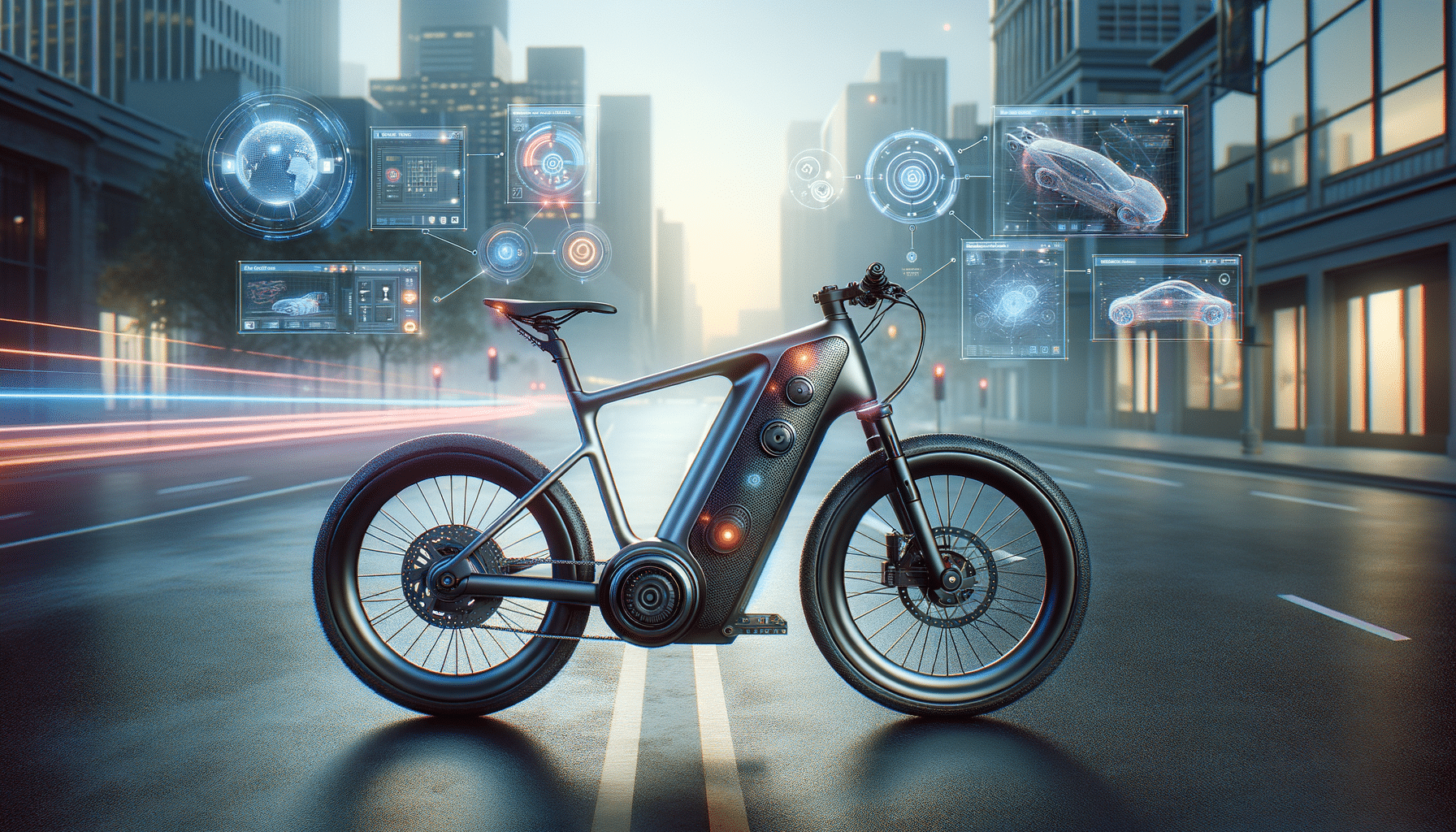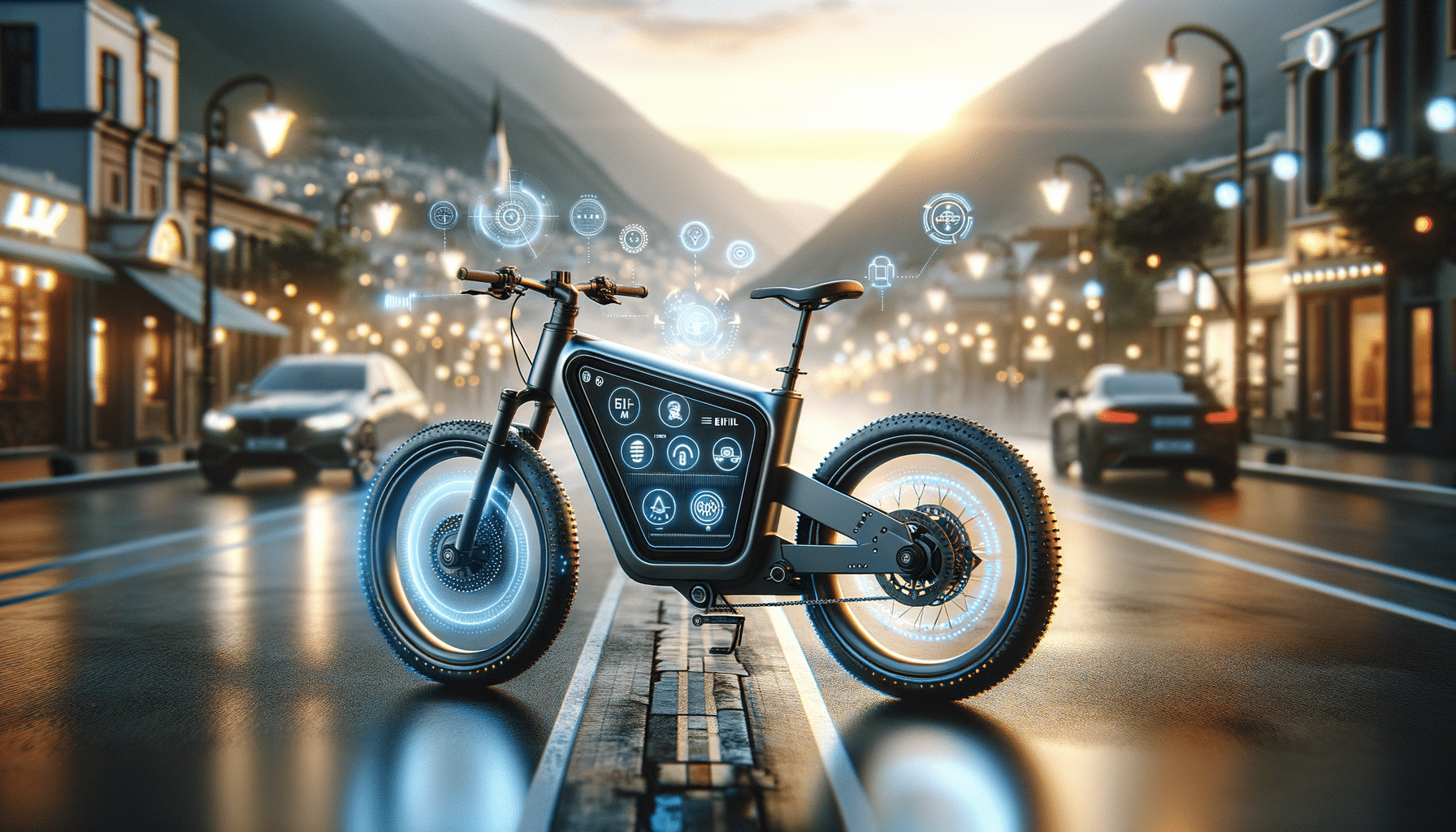
ai driven e-bikes intelligent systems and autonomous riding
The Evolution of AI E-Bike Technologies
In recent years, the e-bike industry has witnessed a remarkable transformation with the integration of artificial intelligence (AI). This technological evolution has not only enhanced the functionality of e-bikes but also revolutionized how we perceive and interact with them. AI e-bike technologies have paved the way for smarter, more efficient, and user-friendly cycling experiences. By incorporating AI, manufacturers have been able to introduce features that were once considered futuristic, such as adaptive power management, predictive maintenance, and personalized riding experiences.
AI e-bike technologies leverage advanced algorithms to analyze vast amounts of data collected from various sensors. These sensors monitor factors such as speed, terrain, and rider behavior, allowing the e-bike to make real-time adjustments. For instance, AI can optimize battery usage by adjusting power output based on the terrain, ensuring a longer and more efficient ride. This not only enhances the overall performance but also extends the lifespan of the e-bike.
Moreover, AI-driven e-bikes are equipped with intelligent systems that provide riders with valuable insights and feedback. These systems can track fitness metrics, suggest optimal routes, and even offer safety alerts, making cycling a more engaging and informed activity. As AI continues to advance, we can expect even more innovative features that will further elevate the e-bike experience.
AI-Driven Autonomous Riding: A New Era of Mobility
One of the most exciting developments in the e-bike industry is the emergence of AI-driven autonomous riding. This groundbreaking technology is set to redefine urban mobility by offering a seamless and convenient riding experience. Autonomous e-bikes are equipped with sophisticated AI systems that enable them to navigate independently, making them ideal for short commutes and urban environments.
The core of AI-driven autonomous riding lies in the integration of advanced sensors and machine learning algorithms. These components work together to perceive the environment, identify obstacles, and make split-second decisions. For example, AI can detect pedestrians, vehicles, and traffic signals, allowing the e-bike to adjust its speed and path accordingly. This level of autonomy not only enhances safety but also reduces the cognitive load on the rider.
While fully autonomous e-bikes are still in the experimental stage, the potential benefits are immense. They can alleviate traffic congestion, reduce carbon emissions, and provide a sustainable alternative to traditional transportation methods. As technology continues to evolve, we can anticipate a future where AI-driven autonomous riding becomes an integral part of our daily lives.
Intelligent E-Bike Systems: Enhancing the Riding Experience
Intelligent e-bike systems have become a cornerstone of modern e-bike design, offering riders a more connected and personalized experience. These systems integrate AI with IoT (Internet of Things) technologies to create a network of interconnected devices that communicate seamlessly.
One of the key features of intelligent e-bike systems is their ability to learn and adapt to the rider’s preferences. By analyzing data such as riding patterns, speed, and terrain, the system can tailor the e-bike’s performance to suit individual needs. This means that whether you’re a casual rider or a seasoned cyclist, the e-bike can provide an optimized experience that aligns with your goals.
Furthermore, intelligent systems offer enhanced safety features that can alert riders to potential hazards. For instance, AI can detect sudden changes in speed or direction and issue warnings to prevent accidents. Additionally, these systems often include GPS navigation, allowing riders to plan routes and receive real-time updates on traffic conditions.
As intelligent e-bike systems continue to evolve, they promise to make cycling not only more enjoyable but also safer and more efficient. The integration of AI and IoT is transforming e-bikes into smart, adaptable machines that cater to the diverse needs of riders.
The Impact of AI on E-Bike Sustainability
AI e-bike technologies are playing a crucial role in promoting sustainability within the transportation sector. By optimizing energy consumption and enhancing efficiency, AI is helping to reduce the environmental footprint of e-bikes.
One of the primary ways AI contributes to sustainability is through intelligent power management. By analyzing data from sensors, AI can adjust power output to match the terrain and rider’s needs, ensuring that energy is used efficiently. This not only extends the battery life but also reduces the frequency of charging, minimizing the overall energy consumption of the e-bike.
Moreover, AI-driven predictive maintenance systems can identify potential issues before they become serious problems. By monitoring the health of various components, AI can alert riders to necessary maintenance tasks, preventing breakdowns and extending the lifespan of the e-bike. This proactive approach reduces waste and promotes a more sustainable use of resources.
As the world continues to seek eco-friendly transportation solutions, AI e-bike technologies offer a promising path forward. By enhancing efficiency and promoting sustainable practices, AI is helping to create a greener future for urban mobility.
Challenges and Future Prospects of AI in E-Bikes
While the integration of AI in e-bikes offers numerous benefits, it also presents certain challenges that need to be addressed. One of the primary concerns is the cost of incorporating advanced AI systems, which can make e-bikes less accessible to a wider audience. However, as technology advances and economies of scale come into play, these costs are expected to decrease, making AI-driven e-bikes more affordable.
Another challenge is ensuring the security and privacy of data collected by AI systems. With e-bikes becoming increasingly connected, there is a risk of data breaches and unauthorized access. Manufacturers must prioritize robust security measures to protect user information and maintain trust in AI technologies.
Looking to the future, the prospects for AI in e-bikes are promising. Continued advancements in AI and machine learning will lead to even more sophisticated features and capabilities. We can expect to see improvements in areas such as battery efficiency, autonomous navigation, and personalized riding experiences.
Ultimately, the future of AI-driven e-bikes lies in their ability to adapt to the evolving needs of riders and urban environments. As technology continues to evolve, AI e-bike technologies will play a pivotal role in shaping the future of transportation.


